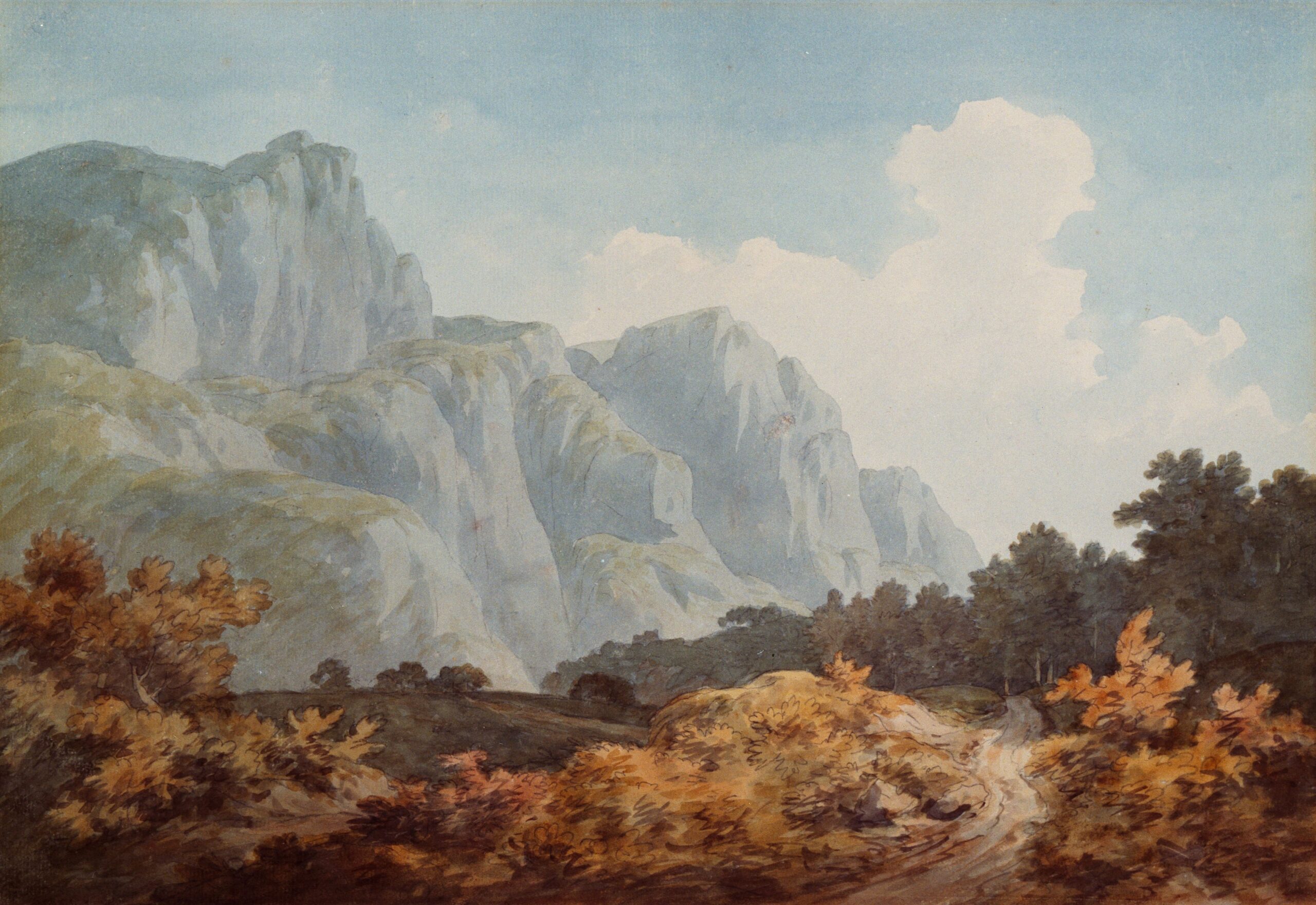In the shadow of a genius: Why is the role of a muse – this is a swindle
Category
FemArt
05/24/2021
Top 5 Female Characters in American Literature
05/24/2021
I Need Someone to Do My Coursework: Top 5 Tips On Picking the Best Service
03/18/2021
Tracy Emin
03/15/2021
Cindy Sherman
03/07/2021
Marina Abramovich
02/23/2021
Georgia O’Keefe
02/22/2021
Louise Bourgeois
02/11/2021
Frida Kahlo
02/04/2021
Vera Mukhina
02/01/2021
Natalia Goncharova
WOMEN ARE WIDE REPRESENTED IN THE HISTORY OF ART – not just as authors, but as objects depicted. Mrs. Lisa del Giocondo by Leonardo, a girl with a pearl earring from a painting by Vermeer, Edie Sedgwick in Warhol’s experimental films – they are all recognizable, but only in the context of a conversation about geniuses, their unique vision, their paintings, brushstrokes, collected works and auction records. We have already told why history remembers so few great artists, but today we want to figure out: the role of the muse is a privilege or a cheat.  We will omit a detailed historical excursion: you probably remember that the muses are the patrons of the arts from Ancient Greece, and the tradition of veneration by poets and artists of women flourished by the Renaissance. The Italian genius Petrarch dedicated sonnets to Laura, his compatriot Dante – Beatrice, the Frenchman Ronsard wrote poetry about the beautiful Cassandra.
We will omit a detailed historical excursion: you probably remember that the muses are the patrons of the arts from Ancient Greece, and the tradition of veneration by poets and artists of women flourished by the Renaissance. The Italian genius Petrarch dedicated sonnets to Laura, his compatriot Dante – Beatrice, the Frenchman Ronsard wrote poetry about the beautiful Cassandra.  Historians are not sure whether these women actually existed or were collective images: we know almost nothing about the life of the muses of the Renaissance poets. It was enough for the creator to catch a glimpse of a pretty girl once, in order to then turn her into his inaccessible lover and generously lay on the remembered image in general all the features that he liked in women – the resulting heroine developed and acquired details separately from the original.
Historians are not sure whether these women actually existed or were collective images: we know almost nothing about the life of the muses of the Renaissance poets. It was enough for the creator to catch a glimpse of a pretty girl once, in order to then turn her into his inaccessible lover and generously lay on the remembered image in general all the features that he liked in women – the resulting heroine developed and acquired details separately from the original.
Brands We Work With





